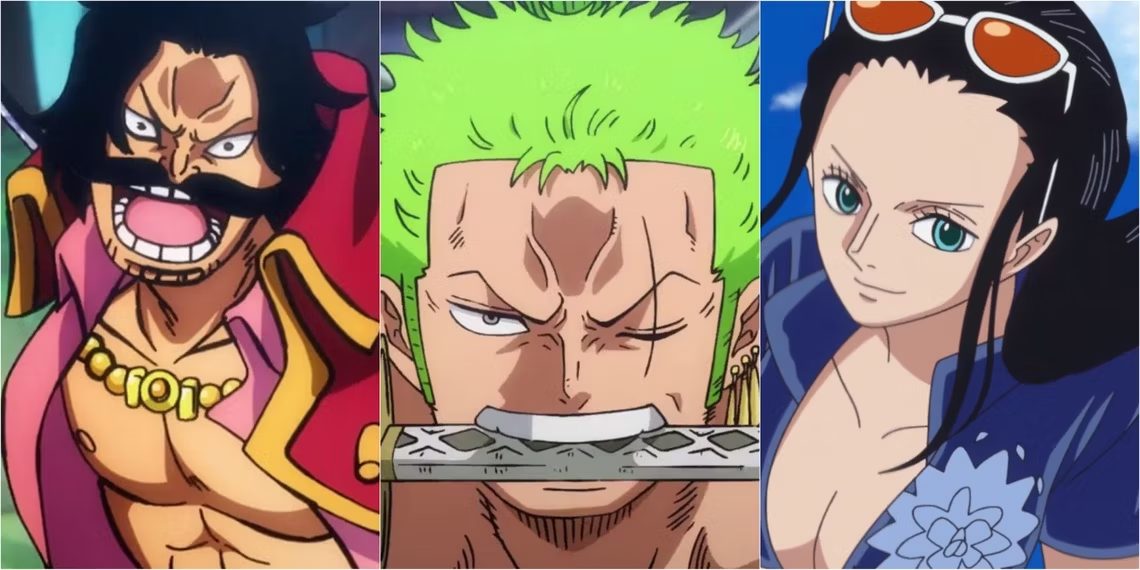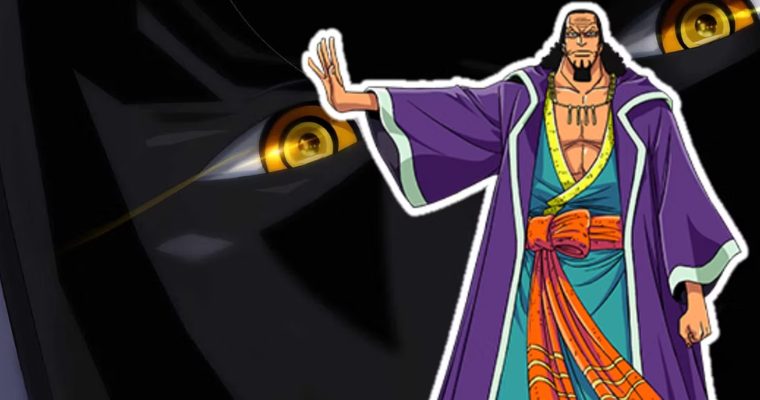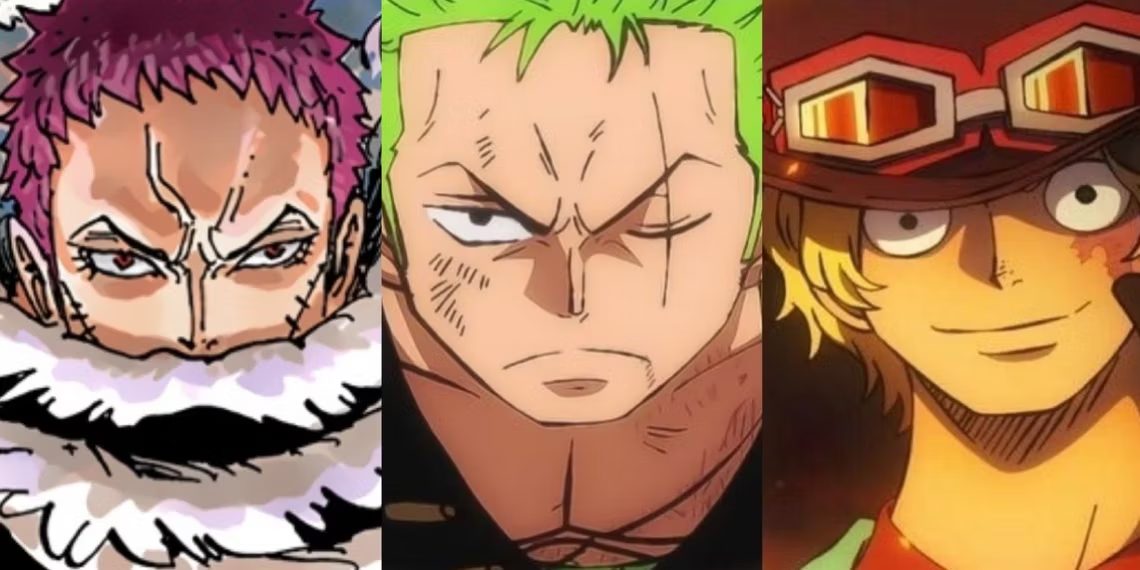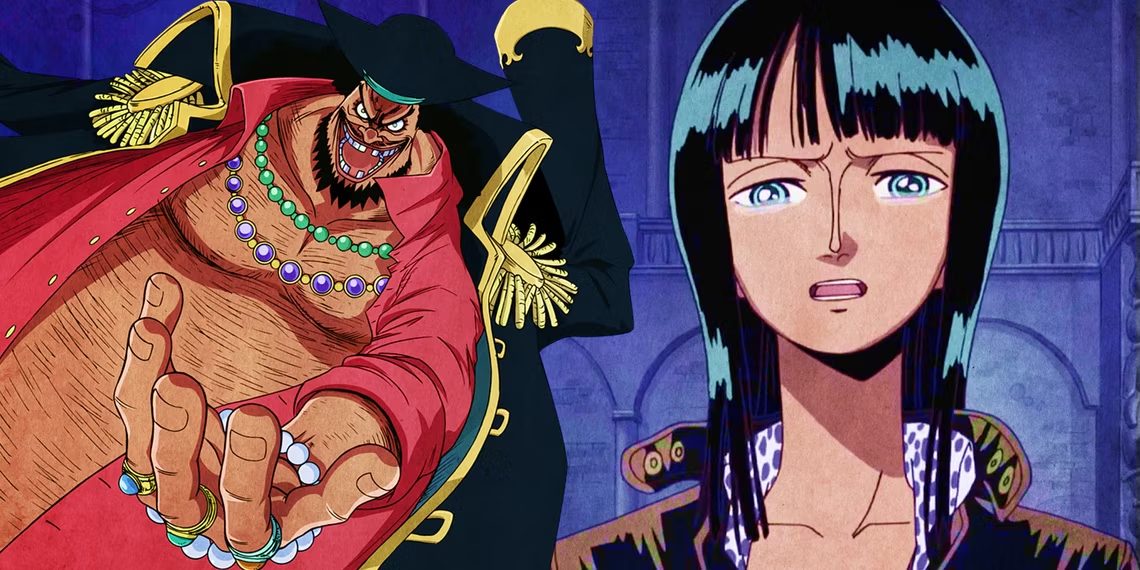The beloved One Piece anime is going on another short hiatus, and it’s not the first time this has happened – but this is far from a bad thing.
The news that the Tokyo Marathon will force the One Piece anime to go on a two-week hiatus, leading to Episode 1054 releasing later than planned, has upset many fans. The previous episode ended with an exciting moment, so viewers are understandably desperate to learn what happens to Luffy and his comrades next.
This isn’t the first time One Piece has taken a hiatus, with both the anime and manga taking several breaks over their long run. While it can be frustrating for fans, these frequent hiatuses have actually benefited One Piece and have helped it stay on top for as long as it has.
Why One Piece’s Breaks Help the Franchise
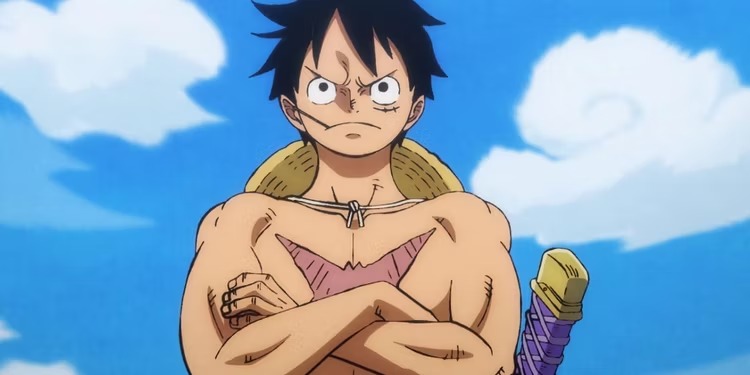
An important reason for these hiatuses is that they give the staff working on the show a chance to rest, especially manga creator Eiichiro Oda. Taking regular vacations helps him stay healthy, avoid injury, and gives him time to focus on other projects. This is great, as too many manga creators are forced to end their series and careers early. Overworking often leads to injury, burnout and simply being unable to continue. By resting when he needs to, Oda can keep the series going in the long term, allowing One Piece to maintain its massive length.
The willingness to take breaks means neither the anime team nor Oda will put out low-quality or half-finished work, a common issue when teams are forced to work within a tight deadline. Anime and manga history has shown time and again that errors, mistakes or clearly rushed work will stick in fans’ memories and can sour them on a franchise they used to love. But delays are often forgotten within a few weeks, especially if the resulting chapter or episode meets expectations. It makes sense to make full use of these times when possible, as taking a break is far less damaging to the brand in the long term.
An Anime or Manga Hiatus Can Actually Bring in More Fans
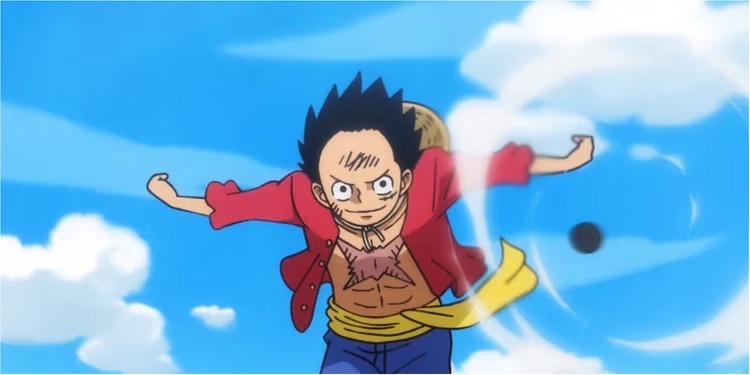
One of the most fascinating parts of a hiatus is its effect on the franchise’s fandom. Because these breaks often occur in the middle of arcs or seasons, they frequently leave the audience on a cliffhanger. This means fans’ excitement will grow as they wait for the next episode, with many heading to social media to share theories about how they think the cliffhanger will resolve. Spreading these theories often increases other people’s excitement, getting everyone even more eager to watch the next episode. This helps the show grow, as people unfamiliar with the franchise may see the enthusiasm and decide to give it a try.
Likewise, fans who experience this excitement will likely stay with the show longer. Fandom is a communal experience for many, so knowing that others are sharing in the excitement makes it all the sweeter. This has been shown frequently in recent years. Anime that drop entire seasons at once quickly get overlooked, as fans don’t have time to consider or get excited for upcoming moments. There’s also no time to discuss plot developments with friends, making the fandom feel dull, which in turn causes the series to be forgotten quickly.
One Piece‘s willingness to delay content and go on short hiatuses has allowed the staff to get more rest and maintain the franchise’s quality, but they’ve also helped to build a larger, more dedicated fanbase. Because the waiting and anticipation leads to people talking about the show online and in person — which has helped to pull in more fans — they’re all keen to share in the excitement together. Hopefully, more companies realize this and allow creators the same space Oda is given, so they can take the breaks they need to remain happy and healthy.
Src: cbr.com




